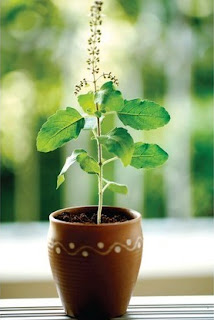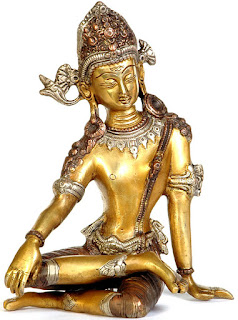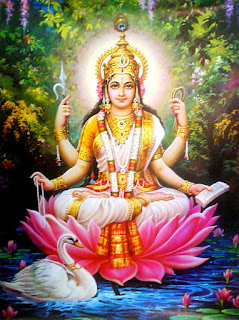The rosary or the mala which is used to count mantras in the Indian subcontinent has 108 beads. This specific number – 108 - has been a sacred number in the Indian subcontinent for a very long time. This number is explained in many different ways.
The ancient Indians were advanced mathematically and 108 could well have been the result of a precise mathematically calculation which was thought to have a special numerological significance.
The ancient Indians were advanced mathematically and 108 could well have been the result of a precise mathematically calculation which was thought to have a special numerological significance.
- 1,0 and 8 : one stands for God or Truth, Zero stands for emptiness or completeness in spiritual practice and eights stand foe infinity and eternity.
- 9 multiplied by 12 : Both these numbers are considered to have spiritual significance in many traditions. Nine multiplied by 12 equals 108. Also one plus eight equals nine and nine times 12 equals 108.
- Astrology : There are 12 constellations and nine arc segments called namshas or chandrakalas, nine multiplied by 12 equals 108. Chandra is Moon and kalas are divisions within a whole.
- Dance : There are 10 forms of dance in Indian traditions
- Gopis of Krishna : In the Vaishnava tradition , there were said to be 108 gopis or milkmaids of Krishna.
- Islam : In Islam , there are 108 names of Allah.
- Planets and Houses : In astrology , there are 12 houses and nine planets, nine multiplied by 12 equals 108.
- Sikh : Sikhs used a mala of 108 knots that are tied in a string of wool, rather than beads as in other religions.
- Smaller divisions : 108 is divided , as in half, third, quarter, or twelfth so that some malas have 54. 36. 27 or nine beads
- Stages of the soul : scholars believe that the atman goes through 108 stages on the journey after death.
- Sun and Earth : The diameter of the sun is 108 times that of the Earth.
Get More Vaastu Tips By Dr Puneet Chawla
Contact :- 9899777806 / 9873333108
Email :- Contact@livevaastu.com






